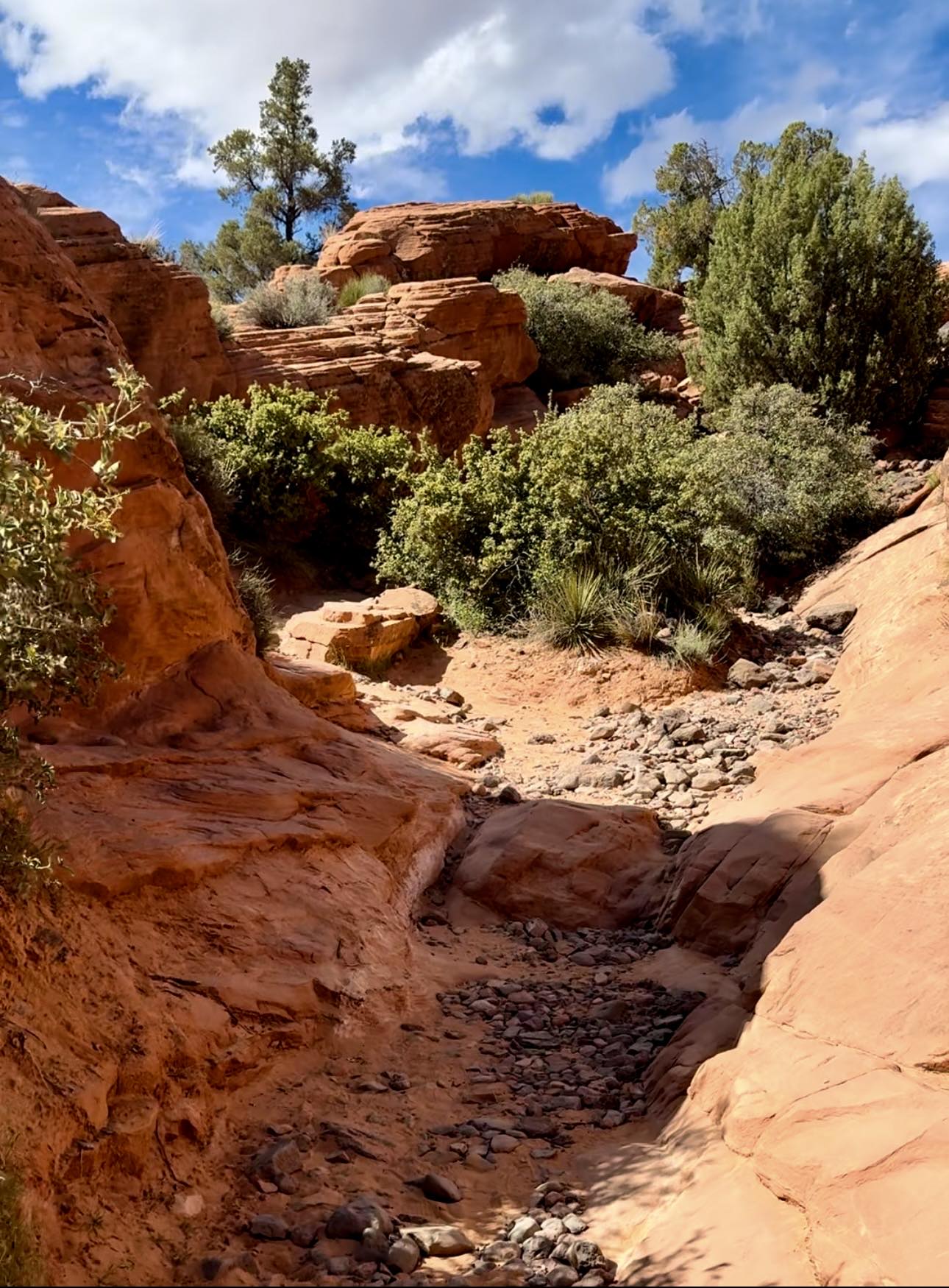Gunlock State Park Geology
Navajo Sandstone:
Figure 1. Image of the hike to the Gunlock Falls, which occurs atop the red/white rocks of the Navajo Sandstone.
The oldest rock formation in Gunlock State Park is the Navajo Sandstone. This formation dates back to the Lower Jurassic period, approximately 190 million years ago. During the Lower Jurassic, Gunlock State Park was a part of a massive sand dune sea called an erg, more specifically the Navajo erg. The landscape would have looked much like the Sahara desert, with few oases that would have provided essential water to the inhabitants of the Navajo erg.
Fossils are generally rare within the Navajo Sandstone, with the majority of fossil types being trace fossils like fossil trackways. Fossil trackways belonging to early dinosaurs and other prehistoric life have been found in other areas of the Navajo Sandstone throughout southern Utah, but none have been identified within Gunlock State Park.
Carmel Formation:
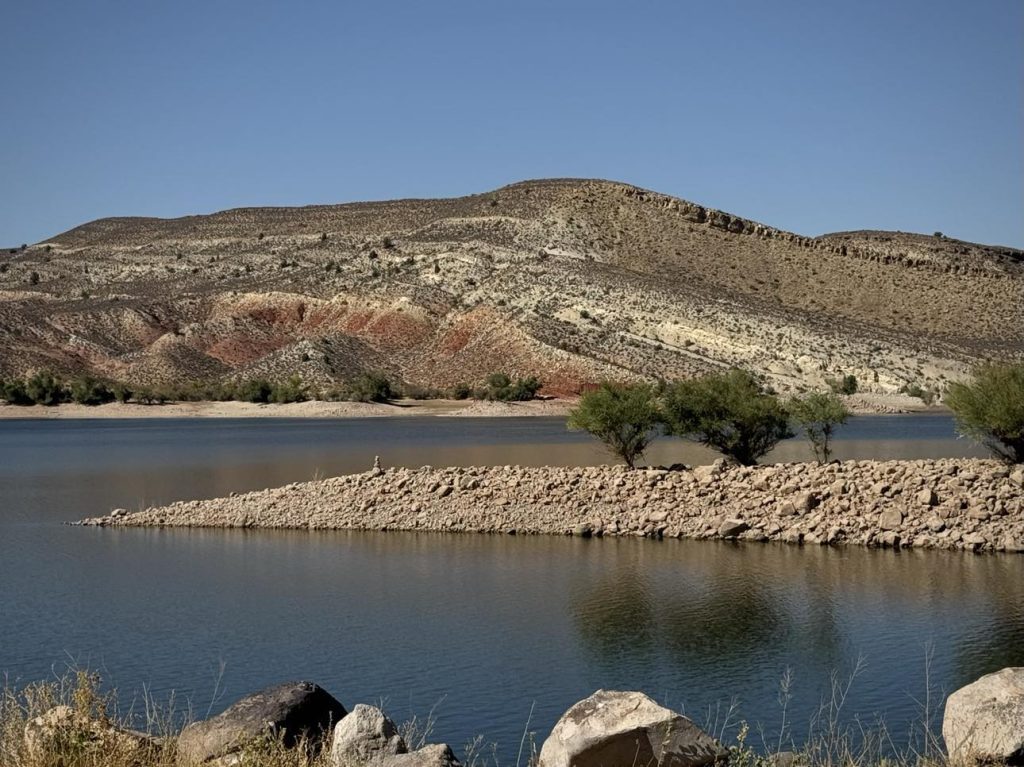
Figure 2. Image of the Carmel Formation within the northern section of Gunlock State Park.
Another rock formation within Gunlock State Park is the Carmel Formation. These rocks date back to the Middle Jurassic period, approximately 170-165 million years ago. Contrasting to the arid, dry environment surrounding the reservoir today, Gunlock State Park was once covered in a shallow sea environment. Within the park occurs a series of rock layers that display transgressive and regressive ocean-level episodes. Periods of transgression occur when the sea level rises within an area, while regression occurs when the sea level drops in an area. Depending on the water depth, a different type of rock will be deposited. As the water level increases, rock types deposited will shift from sandstone to shale, then shale to limestone as the sea level gets deeper. This series of changing rock layers is how geologists have understood the sea level shifts within Gunlock State Park during the Middle Jurassic.
The rocks of the Carmel Formation are primarily made from limestone, a rock type that is formed from the remains of countless small fossils. The fossil types preserved within the Carmel Formation vary, allowing paleontologists to understand better many types of organisms within the ancient shallow sea. One common fossil belongs to crinoids, the ancestors to modern sea lilies. Crinoids are made of a series of “columnals”, which stack like pancakes in order to provide crinoids with the structure they need. When crinoids died, their structure would fall apart and numerous columnals would be deposited in the surrounding area. These columnal deposits can be quite extensive, contributing to the most common fossils within the Carmel Formation.
Other fossils from the Carmel Formation include gastropods, which are a group of organisms that include snails and slugs. The shells of gastropods can occur in some areas of the Carmel, even alongside crinoid columnals. Another example of Carmel fossils includes fossil clams, known as bivalves. Unique to the Carmel within Gunlock State Park are what are known as ostreoliths, or more commonly “oyster balls”. These oyster balls are formed from layers of bivalve shells which clump together. Oyster balls form from oyster larvae latching onto other oysters, thought to be a survival strategy. When these clumps are flipped by ocean currents, oyster larvae continue to cling to the other side of the clump, thus creating an oyster ball.
The diversity of fossils within the Carmel Formation makes it the most fossil-rich within Gunlock State Park.
Marine Transgression and Regression Deposits Within The Carmel Formation of Gunlock State Park:
The Carmel Formation is a series of rock layers within Gunlock State Park which shows great examples of what are known as marine transgressive and regressive deposits. During the middle Jurassic, Gunlock was once covered by a shallow ocean. At different depths, different types of sedimentary rocks can form. Shallow water around the shore of the sea deposits sandstone. Rocks deposited at a moderate depth are preserved as shale. As water begins to deepen, the deposited rocks become limestone. Within the Carmel at Gunlock, we see all three of these rock types preserved.
Geologists can then decipher the history of water levels in an area based on the order at which these rocks are deposited. If the lowest layer is limestone, which shifts to shale and then is capped by sandstone, this means that the oldest layer had the deepest water and the youngest layer had the shallowest water. This suggests that as time progressed the water depth decreased. This decrease in water level is known as a marine regression. The reverse is true as well. If the sandstone layer we spoke of had a subsequent shale and then a limestone layer above, this would suggest that the water level then became deeper, causing a marine transgression.

Figure 3. Example of a marine regression rock sequence with rock types displayed on the right.
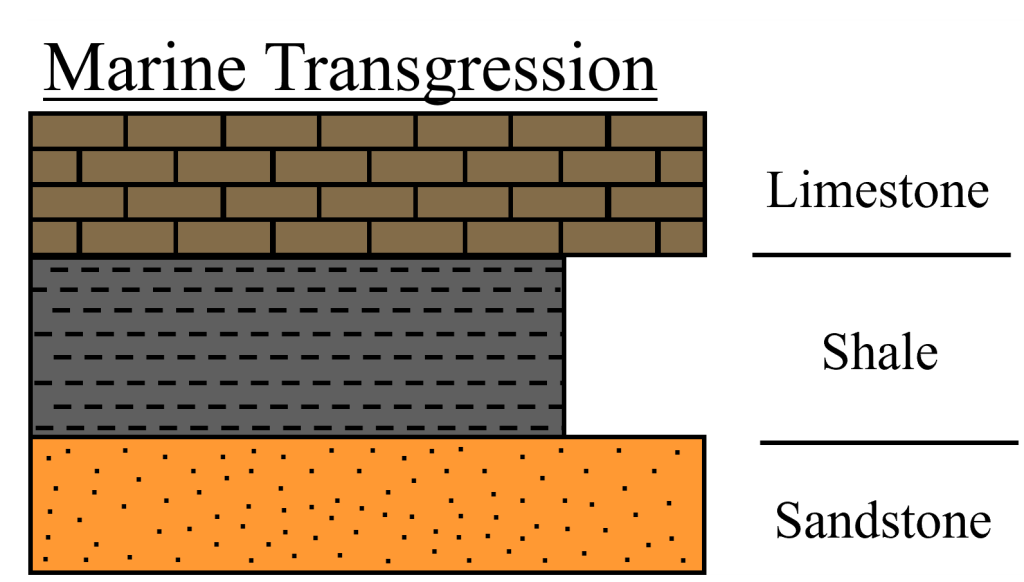
Figure 4. Example of a marine transgression rock sequence with rock types displayed on the right.
The coordination of these sedimentary rock layers and their use to interpret water depth is only one of the many ways geologists can conclude the history of the Gunlock region.
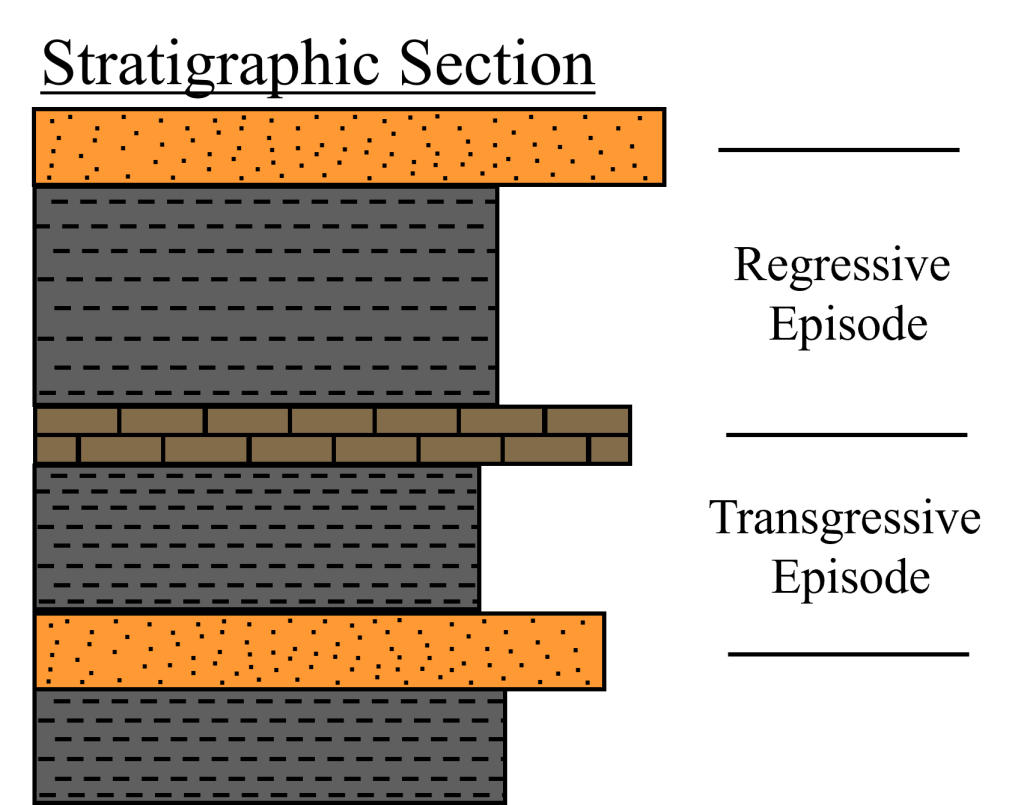
Figure 5. Sample rock section which holds both a transgressive and regressive sequence.
Trace Fossils
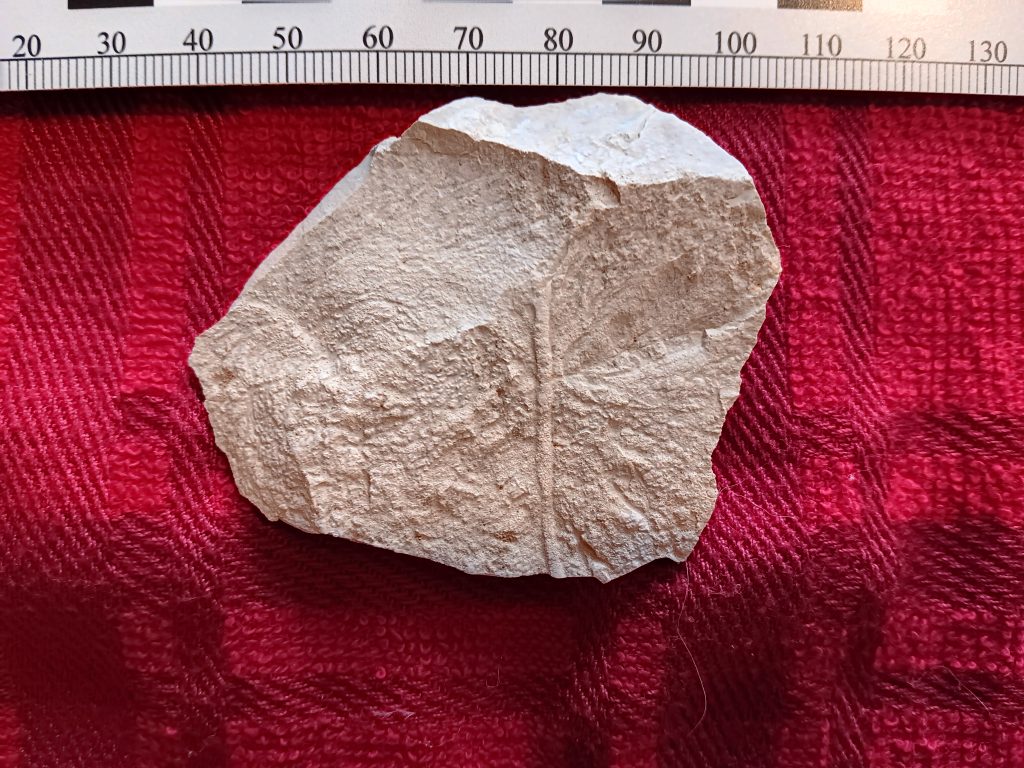
Fossils come in many shapes and sizes, all of which can help scientists learn more about ancient life. One of these fossil groups are called trace fossils, which preserve the actions of ancient life and include fossil tracks, traces, and burrows. Fossil burrows, like the one shown below, can help scientists learn about the environment the burrow was made. Vertical burrows, or burrows which dig down into the sediment, are formed by organisms avoiding strong currents close to shorelines. Horizontal burrows like the one below, are also called locomotion traces and are made when organisms are searching for food. These horizontal burrows are thought to be made in deeper or calmer water, where organisms aren’t at risk of being swept away from strong currents. The burrow below was found within the Carmel Formation of the park, a limestone-rich formation which describes a shallow ocean environment that once covered the area.
Crinoid Fossils

Often when we think of fossils, we imagine the remains of large, ancient creatures like the dinosaurs Tyrannosaurus or Triceratops. However, the majority of fossils can be much smaller than dinosaur bones. While smaller, all fossils can help us to better understand the geologic history of Southern Utah. Between 165-170 million years ago, Gunlock State Park was beneath a shallow sea, the evidence of preserved within the Middle Jurassic Carmel Formation. Fossils from this sea help us unravel the mysteries of Gunlock’s deep history.
A well-known fossil found within Gunlock is Isocrinus, an ancient crinoid which was a relative to modern sea lilies. These beautiful organisms are supported by dozens of small sections called “columnals”, which stack like a series of pancakes to provide crinoids with the structure they need. When crinoids die, their structure breaks apart into the individual columnals, leaving behind extensive columnal deposits, like those we find fossilized at Gunlock State Park. Below, several Isocrinus columnals (small star shapes) can be seen within pieces of brown limestone.
Dialogue by Conner Bennett, Gunlock State Park Staff 2024.
For more information on the Carmel Formation in Southern Utah, see the link from Zion National Park.
https://www.nps.gov/zion/learn/nature/carmel.htm
Fossils collected 5/28/2024 by Conner Bennett, Park Ranger Aide at Gunlock State Park for interpretation.
